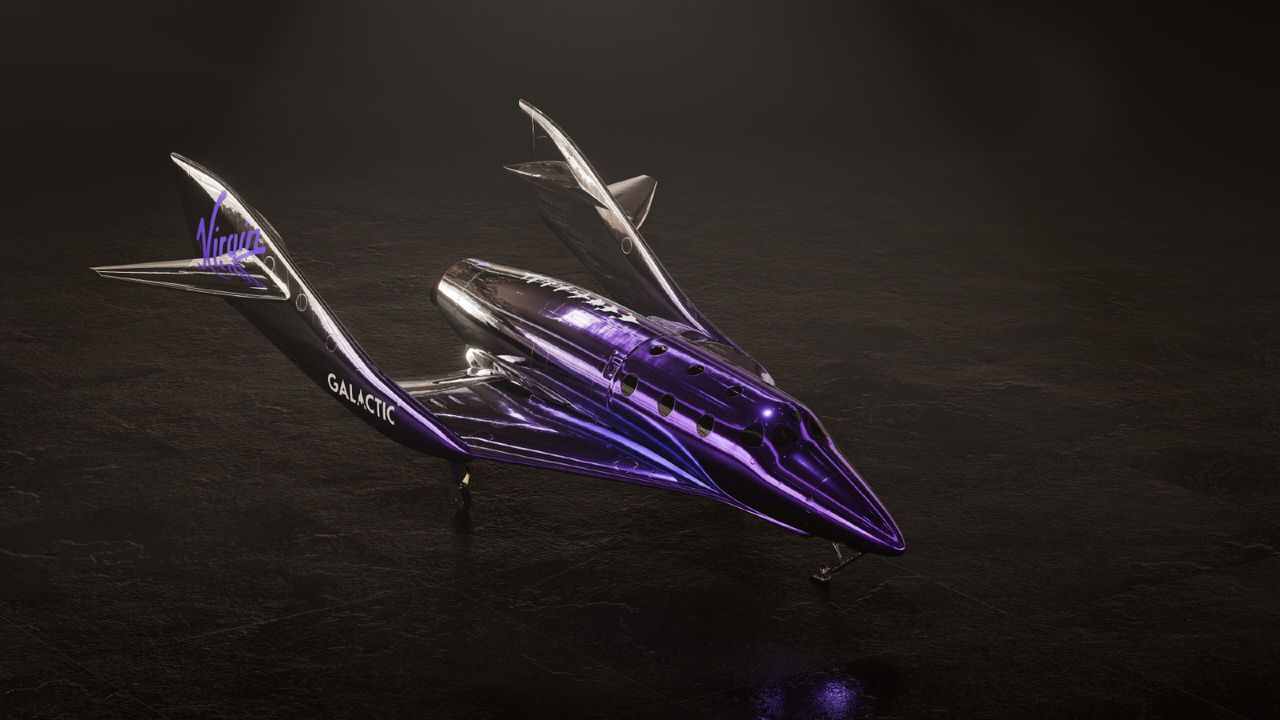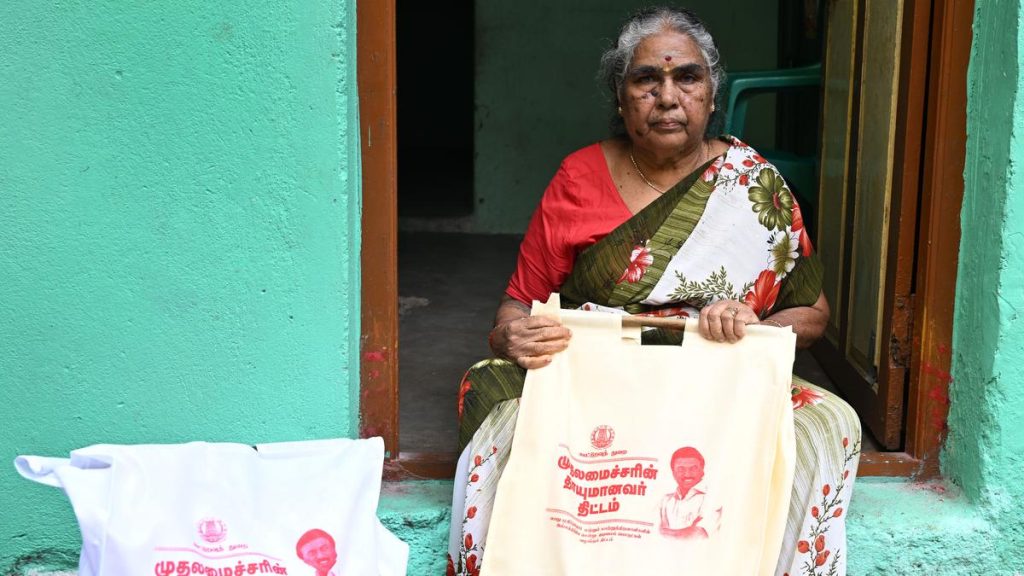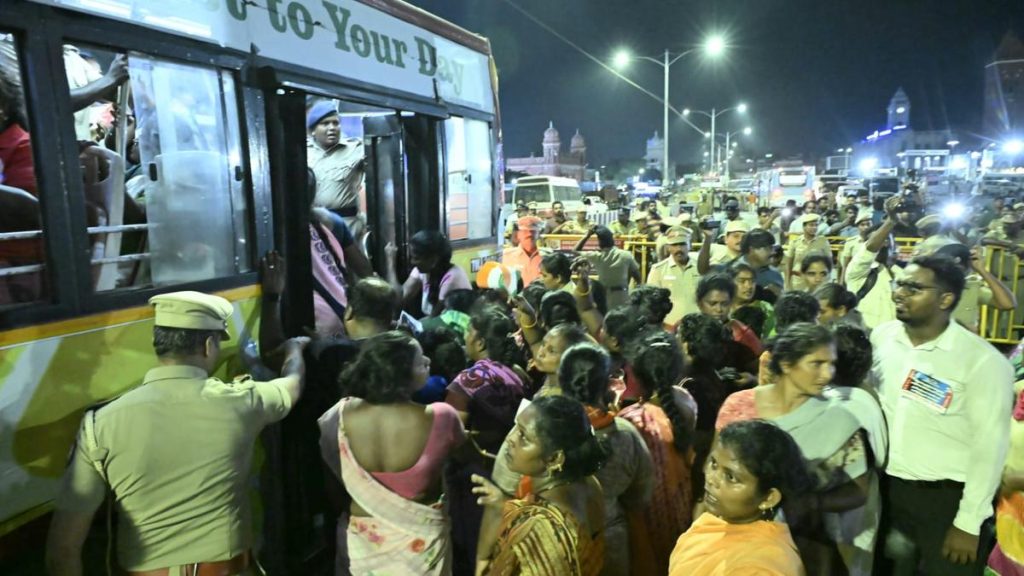Now Reading: Virgin Galactic Targets 2026 Launch for New Delta-Class Spacecraft
-
01
Virgin Galactic Targets 2026 Launch for New Delta-Class Spacecraft
Virgin Galactic Targets 2026 Launch for New Delta-Class Spacecraft

Quick Summary
- Virgin Galactic is actively developing its Delta Class suborbital space plane, with flights planned to begin in the fall of 2026.
- The spacecraft aims to facilitate both research missions and private astronaut trips on a regular basis.
- Progress was discussed during a business update on August 6, 2025.
- Key structural milestones:
– Wing assembly will be completed by Q4 2025.
– The novel “feather” system, stabilizing reentry, is part of ongoing progress.
– Fuselage construction is projected for completion by late 2025 or early 2026.
- Final vehicle assembly will take place at Virgin Galactic’s facility near Phoenix,Arizona.
- Delta Class spaceships are designed for up to eight monthly missions with greater payload/customer capacity than the earlier VSS Unity model.
- Ongoing collaboration with lawrence Livermore National Laboratory involves feasibility studies for using mothership aircraft as high-altitude carrier platforms for launching other spacecraft.
- A feasibility assessment is also underway regarding the development of a second spaceport in Italy.
Images:
- Rendering of the Delta Class spacecraft design (Virgin Galactic).
- Virgin Galactic’s Delta facility in Phoenix (Virgin Galactic).
- Visuals highlighting meaningful advancements in spaceship design and feathering systems.
Indian Opinion Analysis
The aspiring timeline outlined by Virgin Galactic signals crucial developments in commercial space travel as an industry. By increasing vehicle payload capacity and mission frequency while targeting reduced costs, projects like the Delta class represent attempts at creating scalable models for frequent human suborbital travel.
For india-a nation eyeing leadership roles in aerospace-developments like these emphasize global competition within private-sector-led innovations. With ISRO’s resources largely directed toward pragmatic science missions and budget-friendly methodologies, India’s burgeoning private aerospace startups have useful insights to gain from firms like Virgin Galactic. Encouraging domestic ventures to adapt technologies such as reusable designs (e.g., “feather” mechanisms) or adopting analogous high-output facilities could fortify India’s stance.
Additionally noteworthy are international collaborations such as those exploring multi-use platforms (carrier-motherships), where partnerships may align Indian firms with cutting-edge standards globally while fostering higher commercialization rates.
Though, whether emerging operational scales maintain sustainable cost structures remains critical-a challenge that India too must balance between affordability and forward-looking innovation models alongside building infrastructure support tailored around low Earth orbit ambitions or beyond competitive gradients globally poised ahead




























